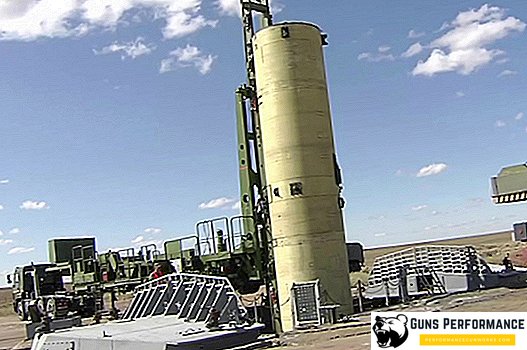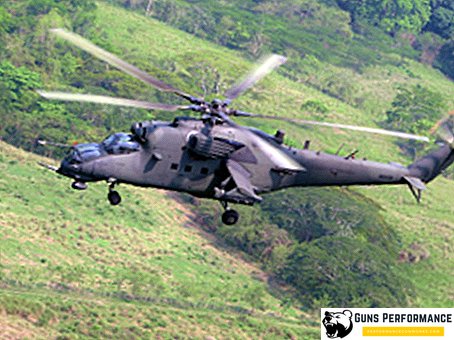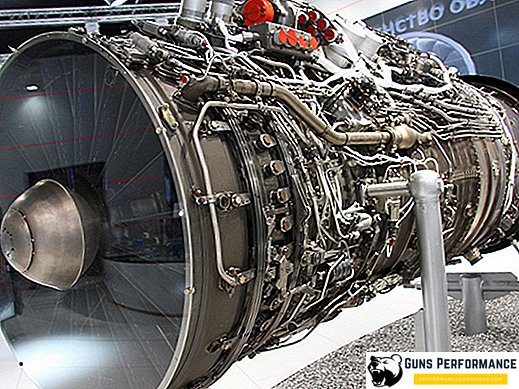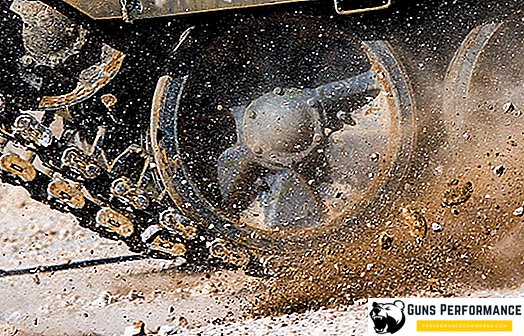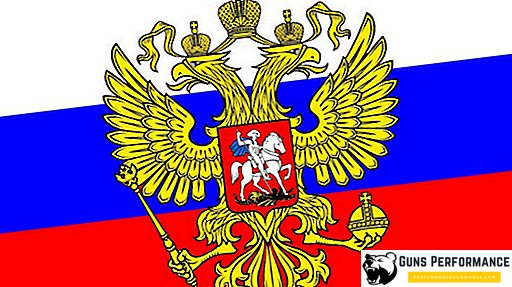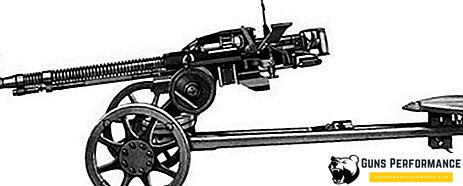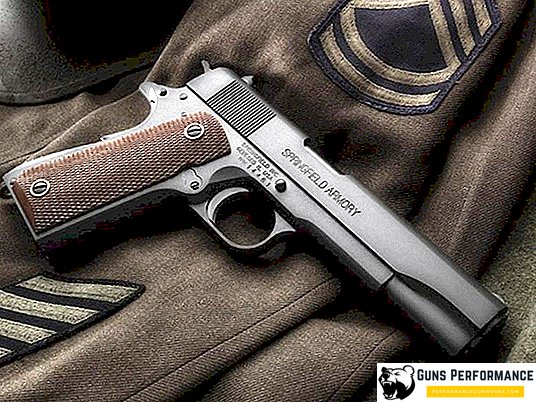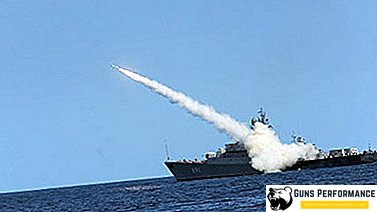
Special Forces of the Main Intelligence Directorate of the General Staff of the Armed Forces of the Russian Federation can be called the most popular military units in Russia. About him shot dozens of films, written hundreds of books and articles on the Internet. The spetsnaz of the GRU of Russia is a real elite of the armed forces — although, as a rule, screenplays have little to do with reality.
Only the best get into the special forces, and to be enrolled in this unit candidates must pass a brutal selection. The usual training of GRU special forces can lead to the shock of an ordinary man in the street - special attention is paid to the physical and psychological training of special forces.
On real operations, in which the army special forces took part, usually do not report on TV and do not write in the newspapers. Hype in the media usually means the failure of the mission, and the failure of the GRU special forces are relatively rare.
Unlike special units of other law enforcement agencies, special forces of the Main Intelligence Directorate does not have its own name, and generally prefers to act without publicity. During operations, they can wear the uniform of any army in the world, and the globe depicted on the emblem of military intelligence means that GRU special forces can act at any point on the globe.
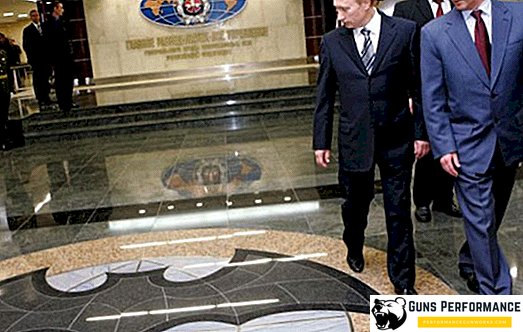
The GRU spetsnaz is the "eyes and ears" of the General Staff of the RF Armed Forces, and often is an effective tool for various "delicate" operations. However, before we continue the story about the special forces and its everyday life, it should be said what the Main Intelligence Directorate is and about the history of the special units that are part of it.
Gru
The need to create a special body that would be engaged in reconnaissance in the interests of the military, became apparent almost immediately after the formation of the Red Army. In November 1918, the Field Headquarters of the Revolutionary Council of the Republic was created, which included the Registration Authority, which was engaged in collecting and processing intelligence information. This structure provided the work of agent intelligence of the Red Army and was engaged in counterintelligence activities.
The order to create the Field Headquarters (and the Registration Directorate along with it) was dated November 5, 1918, therefore this date is considered the birthday of the Soviet and Russian military intelligence.
However, one should not think that before the 1917 revolution there were no structures in Russia collecting information in the interests of the military department. The same can be said about special military units that performed special, specific tasks.
As early as the 16th century, Russian Tsar Ivan IV the Terrible established a guard service, which recruited Cossacks who were distinguished by good physical health and excellent skills for handling firearms and cold arms. Their task was to observe the territory of the “Wild Field”, from which Tatar and Nogai raids constantly came to the Moscow kingdom.
Later, under Tsar Alexei Mikhailovich, a secret order was organized, collecting military information about potential adversaries.
During the reign of Alexander I (in 1817), a detachment of mounted gendarmes was formed, which today would be called a rapid reaction unit. Their main task was to maintain order within the state. In the middle of the 19th century, reconnaissance and sabotage battalions were formed in the Russian army, consisting of Cossacks, sparrows.
Were in the Russian Empire and units resembling a modern army special forces. In 1764, on the initiative of Suvorov, Kutuzov and Panin, rangers were created, who could conduct operations separately from the main forces of the army: raids, ambushes, fight the enemy in remote areas (mountains, forest).
In 1810, on the initiative of Barclay de Tolly, a Special Expedition (or Expedition of Secret Affairs) was created.
In 1921, the Intelligence Directorate of the Red Army Headquarters was formed on the basis of the Registration Directorate. The order to create a new body indicated that Intelligence was engaged in military intelligence both in peacetime and in wartime. In the 1920s, the Department conducted agent intelligence, created pro-Soviet guerrilla units in the territories of neighboring countries, and conducted active subversive activities.
Having survived several reorganizations, in 1934 the Intelligence Directorate of the Red Army came under the direct authority of the People's Commissar of Defense of the USSR. Soviet saboteurs and military advisers successfully acted in the Spanish war. At the end of the 1930s, a rush of political repression thoroughly went through Soviet military intelligence, many officers were arrested and shot.
On February 16, 1942, the Main Intelligence Directorate (GRU) of the General Staff of the Red Army was formed; it was under this name that the organization existed for more than sixty years. After the war, the GRU GSh was abolished for several years, but in 1949 it was restored again.
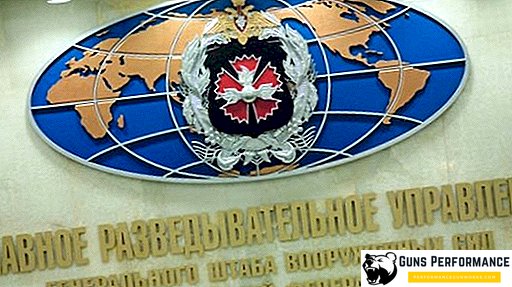
October 24, 1950 was issued a secret directive on the creation of special units (SPN), which would be engaged in conducting reconnaissance and sabotage in the enemy's rear. Almost immediately, such units were formed in all military districts of the USSR (a total of 46 companies, 120 people in each). Later, special forces brigades were formed on their basis. The first one was created in 1962. In 1968, the first special regimental training regiment appeared (near Pskov), in 1970 the second regiment was formed near Tashkent.
Initially, special forces were prepared for war with the NATO bloc. After the start (or in front of him) of the fighting, the scouts had to act in the enemy’s deep rear, gather information and transfer it to the Main Intelligence Directorate, act against enemy headquarters and other control points, commit sabotage and terrorist attacks, sow panic among the population, destroy infrastructure facilities . Particular attention was paid to the weapons of mass destruction of the enemy: rocket mines and launchers, strategic aviation airfields, submarine bases.
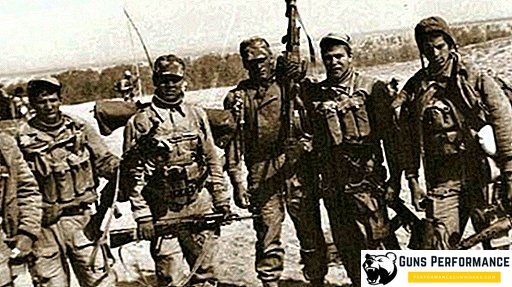
Special divisions of the GRU actively participated in the Afghan war, and special forces units played an important role in the suppression of separatism in the North Caucasus. The GRU special forces were also involved in the civil war in Tajikistan and in the war against Georgia in 2008. There is information that some parts of the Special Forces are currently located in Syria.
At present, the Main Intelligence Agency is not only sabotage and reconnaissance groups. The GRU is actively engaged in agent intelligence, information gathering in cyberspace, and uses electronic and space intelligence. Russian military intelligence officers successfully apply the methods of information warfare, working with foreign political forces and individual politicians.
In 2010, the Main Intelligence Directorate was renamed the General Directorate General Staff, but the old name is still more famous and popular.
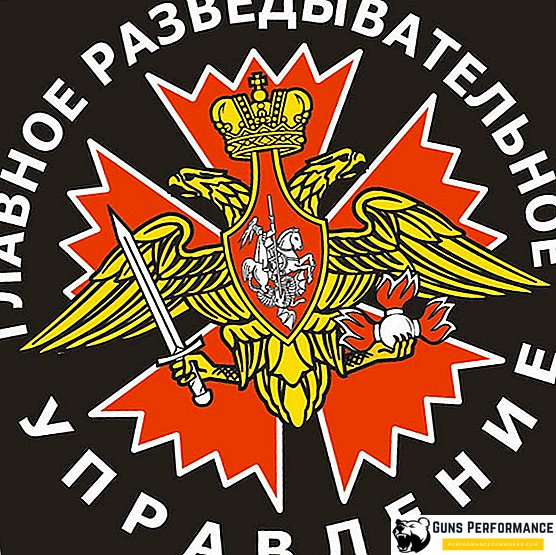
Structure and composition of the GRU Special Forces
According to the information available to the author, at present, the following subunits are part of the GRU special forces:
- The 2nd Special Operations Brigade is part of the Western Military District.
- The 3rd Guards Separate Brigade of the GRU (Central Military District) was established in 1966 in Togliatti. However, there is information about its dissolution.
- The 10th Mountain Separate Brigade of the GRU of the North Caucasus Military District. It was formed in 2003 in the village of Molpino, Krasnodar Territory.
- 14th Separate Brigade of the GRU. Part of the Far Eastern District, was formed in 1966. The fighters of this unit took an active part in the hostilities in Afghanistan. The 14th brigade went through both Chechen campaigns.
- The 16th Special Operations Brigade, part of the Western Military District. Formed in 1963. She participated in both Chechen campaigns, in peacekeeping operations, protected very important objects in the territory of Tajikistan in the early 90s.
- The 22nd Guards Separate Special Task Brigade. Included in the Southern Military District. It was formed in 1976 in Kazakhstan. She took an active part in the Afghan war. It is the first military unit that received the rank of Guards after the end of World War II.
- 24th Separate GRU Brigade. Included in the Central Military District. The brigade participated in the Afghan war in the hostilities in the North Caucasus.
- The 346th Separate Special Task Brigade. Southern Military District, the city of Cool, Kabardino-Balkaria.
- The 25th Separate Special Purpose Regiment, part of the Southern Military District.
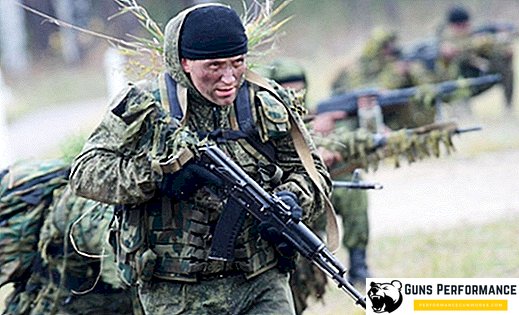
Also under the GRU are four reconnaissance naval points: in the Pacific, Black, Baltic and Northern Fleets.
The total number of GRU special forces units is not exactly known. Different numbers are called: from six to fifteen thousand people.
Training and arming the special forces of the GRU
Who can get into the GRU special forces? What are the requirements for candidates?
It is quite difficult to get to the special forces unit, but it is not impossible.
First of all, the candidate must have absolute physical health. Not necessarily different impressive dimensions, special forces are much more important endurance. Scouts during the raid of the day can overcome many tens of kilometers, and they do it not lightly. On itself it is necessary to carry many kilograms of weapons, ammunition and ammunition.
The applicant will have to pass the required minimum: run three kilometers in 10 minutes, pull up 25 times, run a hundred meters in 12 seconds, wring out 90 times from the floor, do 90 press exercises in 2 minutes. One of the physical standards is hand to hand combat.
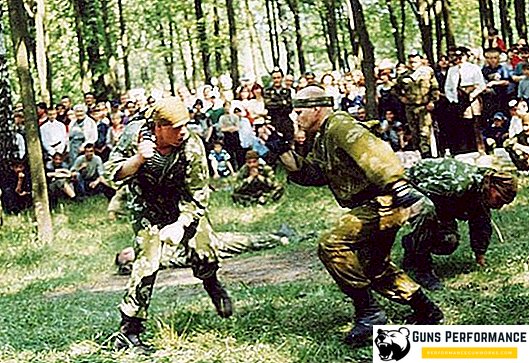
Naturally, all candidates undergo the most thorough and scrupulous medical examination.
In addition to physical fitness, the psychological health of the applicant is no less important: the commando must be absolutely "stress-resistant" and not lose his head even in the most difficult situation. Therefore, candidates must pass an interview with a psychologist, followed by a lie detector test. Moreover, the relevant authorities carefully check all the relatives of the future intelligence officer, and parents are required to give written consent to the service of their son in special forces.
If a person still got into special forces, he will have long months of hard training. Fighters are taught hand-to-hand combat, which greatly enhances the spirit and strengthens the character. The commando must be able to fight not only with his bare hands, but also use various different objects in battle, sometimes not at all intended for combat use. A recruit is often put up against stronger opponents (and sometimes even several); in this case, it is important for him not to even beat him, but to hold out for as long as possible.
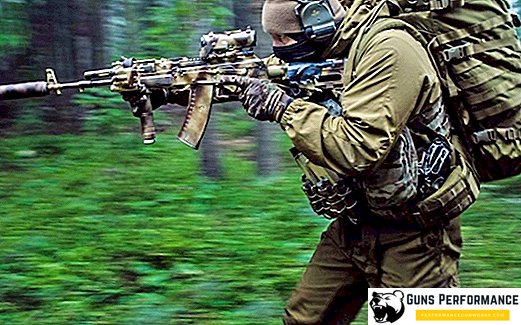
From the very beginning of training, the future special forces soldiers instill the idea that they are the best.
Future special forces soldiers learn to endure the toughest tests on the verge of physical abilities: long sleep deprivation, food, exorbitant physical exertion, psychological pressure. Naturally, in the special forces of the future fighters are trained to masterfully own all types of small arms.
Despite the "international" specifics of the tasks that GRU special forces carry out, its fighters most often use regular weapons of the Russian army.


